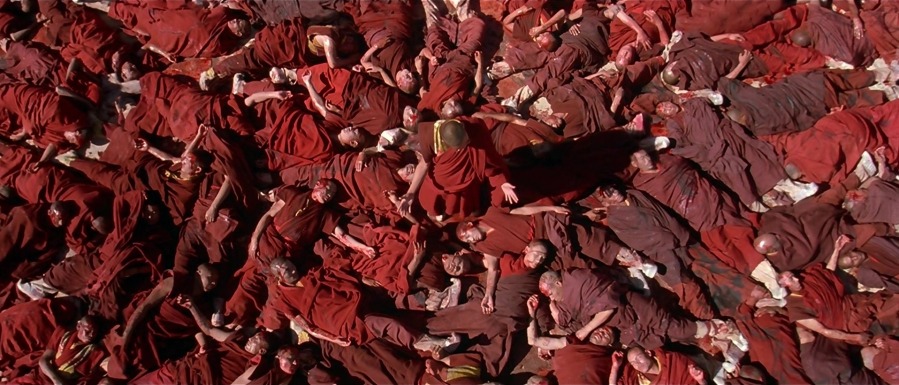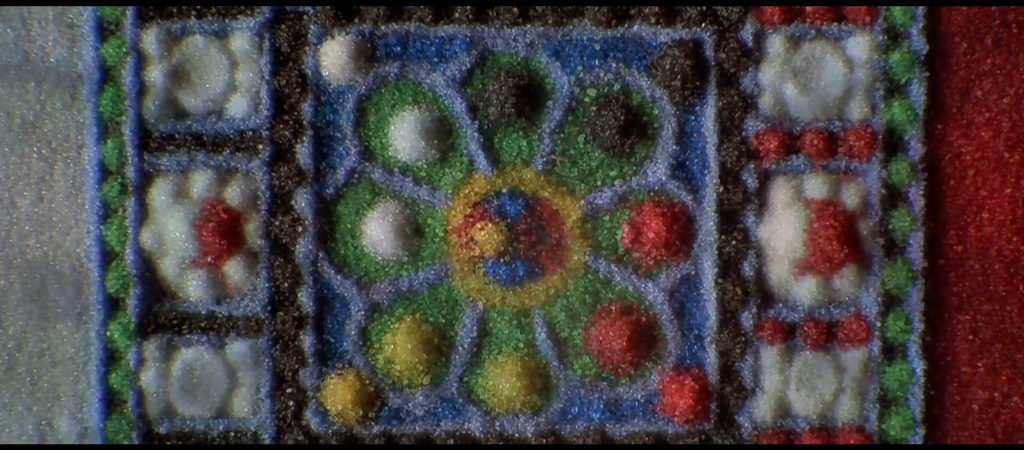'Mulan' and 'Whale Rider': Director Niki Caro's take on Gender Inequality
Indie director, Niki Caro (known for 'Whale Rider') directs the live-action 'Mulan' and sets another example of strong females fighting against gender inequality.
Incluvie Foundation Gala - Learn More


July 24th marks this year’s Dharma Day, a Buddhist holiday to celebrate the first teachings from the Buddha and the day Buddhism became a religion. What better way to celebrate Dharma day than to watch Kundun (1997), directed by Martin Scorsese, which follows the search for the 14th Dalai Lama in Tibet during the 1930s. When I first heard about this movie, I was excited to know that there’s a biopic dedicated to Buddhism and how the 14th Dalai Lama came to be. Then I learned that Martin Scorsese directed it, and I was even more intrigued. It’s ironic to associate the guy who directed Taxi Driver (1976) with a movie focusing on Buddhism, a religion that doesn’t believe in violence and suffering. However, Kundun isn’t just about the chronological life of the 14th Dalai Lama. The movie weighs into themes of destruction, violence, and war. When the film fast-forwards to the Dalai Lama as an adult, there’s a scene where he is watching footage of the nuclear bomb that nuked Hiroshima. This scene provides insights into how isolated Tibet is from the rest of the world–meanwhile, Tibet is also facing a war of its own against China.
Tibet’s biggest enemy has always been China, and Kundun makes note of this. In the 40s, Communist China made plans for Tibet to become part of the nation. This requires the Tibetans to convert to Communist ways and dismantle the Buddhist religion. Scorsese puts his graphic talents to use in the scene where the Dalai Lama has visions of the Tibetan Buddhist monks slain and all lying in the ground, while the once peaceful pond of fishes turns to blood. The cinematography in this scene symbolizes the bloodshed and genocide the Chinese have implemented on Tibetan Buddhists.

Kundun might not be the perfect movie, but its stunning visuals are hard to pass. I think the choice of, Scorsese directing the movie was great. The film praises Buddhist teachings through the use of cinematography. One of the best visuals the film utilizes is the sand mandala. Buddhist monks would create colorfully, vibrate mandalas with sand and when the artwork was finished they would wipe it away. This was seen through, the intercutting of the adult, Dalai Lama reminiscing over his time as an ordinary boy, who now has to fulfill his destiny to lead his people. The construction and destruction of the sand mandala is, a motif of rebirth and impermanence, and as he reflects on his time as a boy, he realizes once he was discovered as the 14th Dalai Lama, he lost his childhood, and in return, he is reborn as Tibet’s new leader.

Related lists created by the same author
Indie director, Niki Caro (known for 'Whale Rider') directs the live-action 'Mulan' and sets another example of strong females fighting against gender inequality.
Related diversity category
Bong Joon Ho’s masterpiece, Parasite (2019) became one of the few international films to break into the American mainstream.
Related movie/TV/List/Topic
Praising Black representation and condemning the power structures that suppress it, a mother delivers an impassioned speech to her distant son.